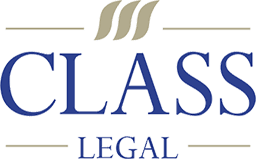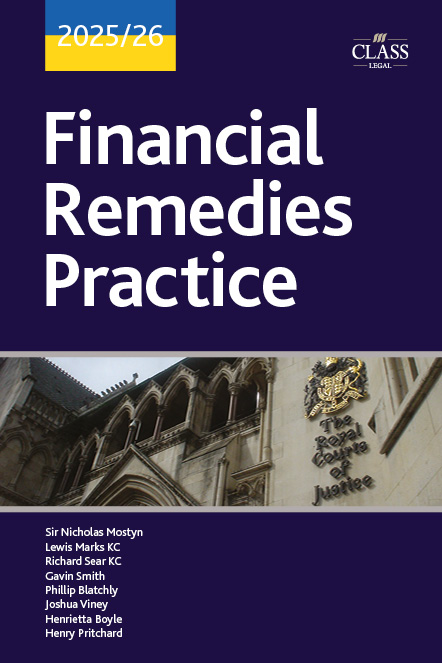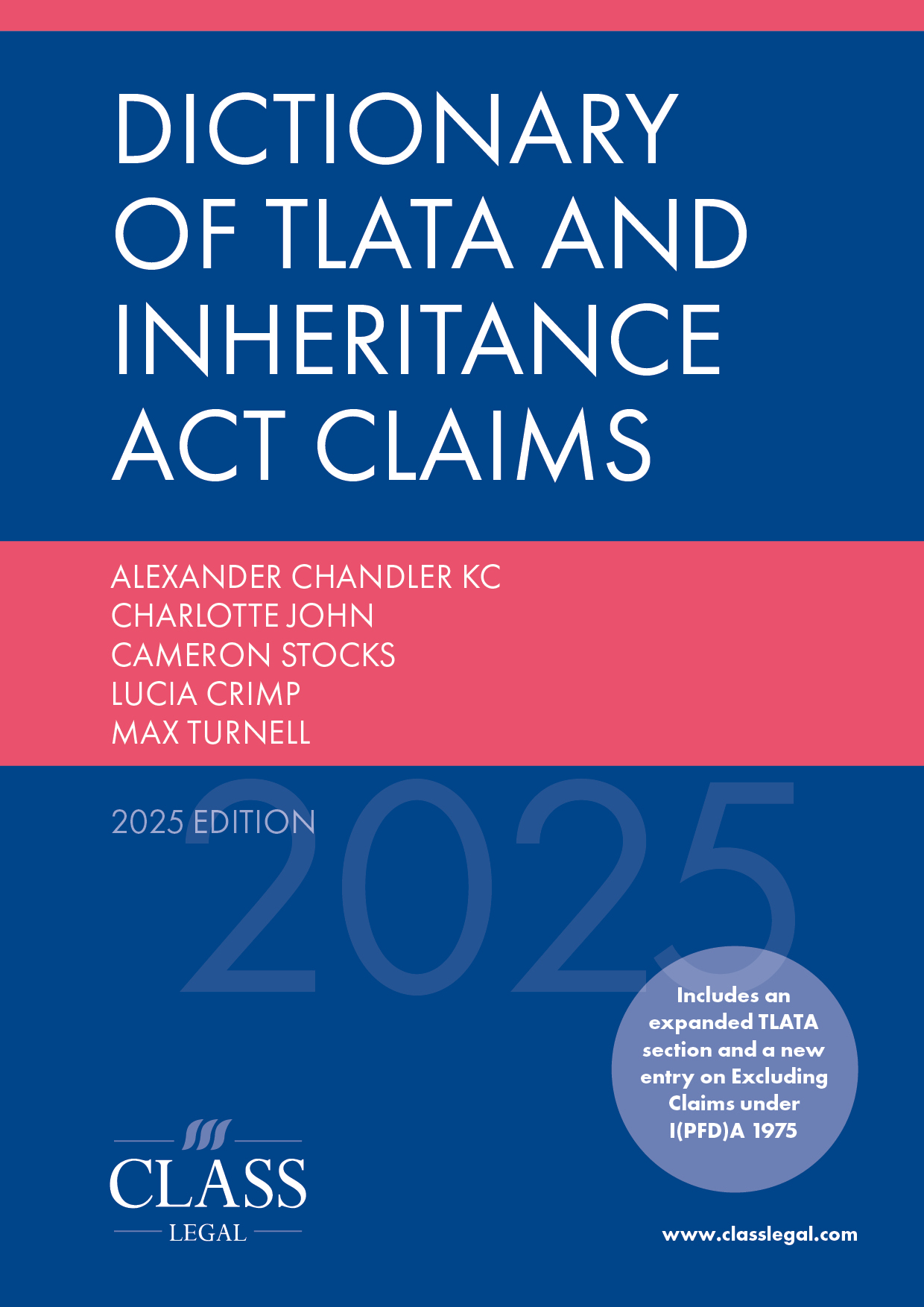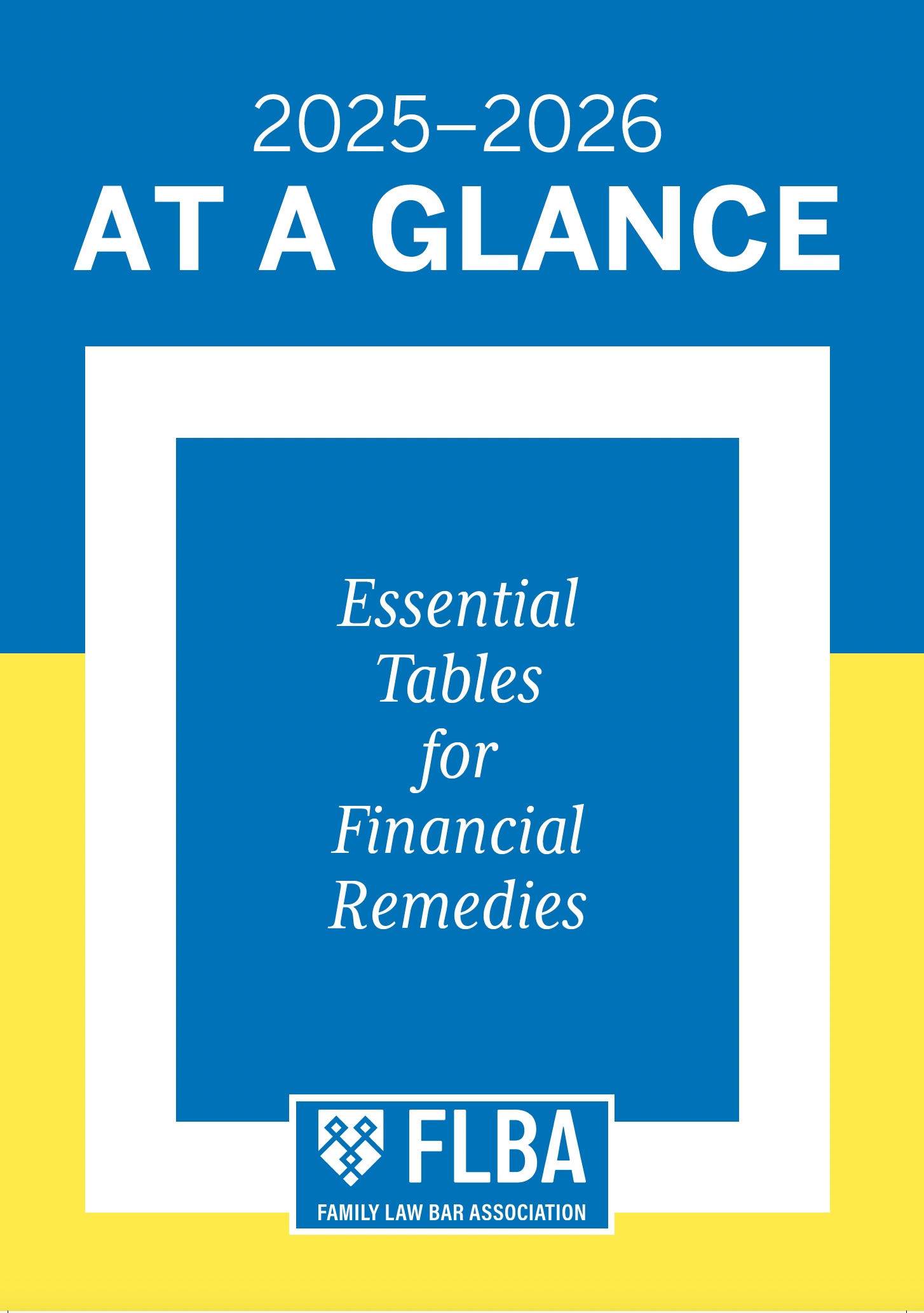
MNV v CNV [2025] EWFC 176 (B)19 June 2025
Published: 25/06/2025 22:17
https://caselaw.nationalarchives.gov.uk/ewfc/b/2025/176
DDJ Bradshaw. Drastic change in personal circumstances results in add-back in small money case.
Overview
DDJ Bradshaw considered arguments relating to the add-back of dissipated assets in a modest FR case. Shortly after separation the husband dissipated assets amounting to approximately £47,000. The wife argued that this should be added back to the balance sheet. Although the test for the add-back jurisdiction was largely met, the dissipated assets could not be considered a cash resource to meet the husband’s needs – therefore falling at the final hurdle. Nonetheless, the dissipation was not wholly disregarded. Instead, it was taken into account within the broader assessment of fairness, contributing to the decision to award the husband a smaller lump sum.
Background
H is 54 and W is 45. The parties were married for 14 years prior to separating. They have one son (‘S’) aged 16, who lived with W full time in England in the former family home.
Both parties worked as LGV drivers prior to separation. H’s income was £49,000 p.a. (gross). W’s income was typically £34,000 p.a. (gross) but had reached £48,000 p.a. (gross) to include overtime hours.
The primary asset was the former family home which had equity of approximately £138,814. Combined, there were also additional assets totalling approximately £50,000, largely comprised of chattels and modest savings.
The day after the divorce petition was filed, H transferred £17,000 from his savings to his brother in country Y. A few months later, H’s father, who resided in country X, died. H subsequently left his employment and sold his van before moving back to country X with most of his personal belongings to care for his sick and elderly mother. He also received a modest inheritance from his father’s estate totalling £8,000 from the sale of a flat.
Once in country X H did not take up employment and lived on state benefits totalling £7,170 p.a. H paid no maintenance to W for S during this period, leaving £3,200 in unpaid maintenance at the time of the final hearing. H indicated that he wishes to remain in country X to care for his mother.
H also began to borrow money from a friend of the family, Ms Z. He later took out a number of bank loans which were used in part to repay the loans to Ms Z.
The parties agreed that the former family home should be transferred to W, but disagreed as to what, if any, lump sum should be paid to H to meet his housing needs going forward. W also argued that the £47,000 H had dissipated since separation should be added back to the balance sheet.
Legal Principles
The court considered/applied the following legal principles:
- The court noted the distinction between ‘soft loans’, typically from family and friends, and ‘hard loans’, typically from commercial lenders (as per P v Q (Financial Remedies) [2022] EWFC B9).
- The general legal principles surrounding the division of assets as set out by Peel J in WC v HC (Financial Remedies) [2022] EWFC 22 were also applied.
- The court considered a number of relevant cases in respect of the ‘add-back’ jurisdiction including: Martin v Martin [1976] Fam 335; Norris v Norris [2003] 1 FLR 1142; Vaughan v Vaughan [2008] 1 FLR 1108.
- In determining the meaning of reckless’ and ‘wanton’ expenditure, the court applied MAP v MFP [2016] 1 FLR 70.
- The court considered the obiter comments of Wilson LJ in Judge v Judge [2008] EWCA Civ 1458, [2009] 1 FLR 1287 in determining whether a party in FR proceedings had an obligation to support members of extended family, other than the former spouse and any child of the relationship.
Judgment
Hard or soft loans?
The court determined that the loans to Ms Z were not hard loans, despite H taking out commercial debts to re-pay them. To make such a finding would enable anyone to crystalise soft loans into hard debts by re-paying them with commercial loans.
Earning capacity
H was not maximising his earning capacity and would be expected to do so. His choice to care for his mother should not come at the expense of W and S.
Mortgage capacity
Despite H providing evidence that he had no mortgage capacity, on the basis that H was maximising his earnings, the court found that he would have a mortgage capacity which would enable him to re-house at the level of his housing particulars (£47,000–£65,000).
Add-back
Considering all the relevant case law, at [53] and [58] of the judgment DDJ Bradshaw summarised the test for add-back cases as follows:
- The expenditure must be either:
- reckless, when assessed in the context of the party in question; or
- have a wanton element, when measured in proportion to the matrimonial assets.
- The expenditure must disadvantage the other spouse.
- The ‘notional reattribution’ must be applied cautiously.
- The ‘notional reattribution’ cannot be considered as cash available to meet the needs of the party against whom it is applied.
Applying this test, the court found that H’s conduct was reckless, particularly given he was aware that there were no other liquid assets available. H’s behaviour also had a wanton element as H took what amounted to a quarter of the total matrimonial assets. This plainly disadvantaged W and it was considered to be fair in the overall context of a limited asset needs case. Therefore (i)–(iii) of the above test were satisfied. However, the argument fell at the last hurdle because to require H to ‘add back’ the £47,000 would have deprived him of any sum to meet his accommodation needs.
Overall distribution
Although the £47,000 was not deducted from any sums which were due to be paid to H, it was put on H’s side of the balance sheet to aid in justifying him receiving a smaller lump sum. The court ultimately finding that he had already had the benefit of that money.
The court found H had a net asset position of £3,500 (after clearing his hard debts). Coupled with his mortgage capacity, he needed a £10,000 deposit for a property.
W was therefore ordered to pay H a lump sum of £6,500 to make up the difference, which the court envisioned W would raise by way of re-mortgage. The former family home was to be transferred to the W. No spousal or child maintenance was ordered given the very constrained financial circumstances.
Including the add back, this left H with 32% of the assets and W with 68% of the assets.
Costs
The court was critical of the level of costs incurred by H (£37,240). Applying YC v ZC [2022] EWFC 137 the court excluded H’s unpaid legal costs from the asset schedule, finding that his liability should be reduced to £7,500.









